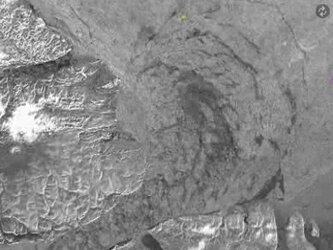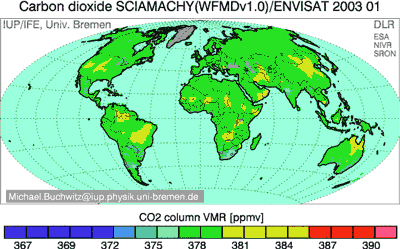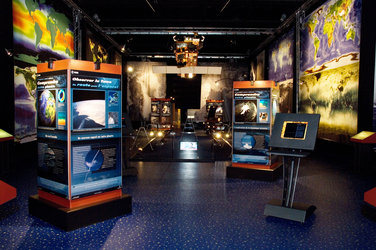Envisat Symposium 2007
Throughout the week 23-27 April, scientists at the Envisat Symposium have been presenting the latest results of ESA Earth observation satellites, and in particular its flagship, Envisat.
Following in the footsteps of ESA’s former missions ERS-1 and ERS-2, launched in the 1990s, Envisat’s sophisticated optical and radar instruments have produced in five years a large amount of data. Its observations of the Earth’s land, atmosphere, oceans and ice caps have provided scientists with a greater understanding of the workings of our planet and the reasons behind climate change.
Apart from mapping and monitoring atmospheric pollution, Envisat is also taking the temperature of oceans and other signs of global warming like the melting of the ice caps in Greenland and Antarctica.
Instruments on board Envisat such as ASAR (Advanced Synthetic Aperture Radar) and MERIS (Medium Resolution Imaging Spectrometer) are also providing vital information on the biological activity of the planet’s vegetation.
Gathering data in near-real time Envisat can provide the timely and precise information needed to track the path of a hurricane, locate the hot spots of a forest fire, assess the damage extent of an earthquake and even predict where the next one may strike.















 Germany
Germany
 Austria
Austria
 Belgium
Belgium
 Denmark
Denmark
 Spain
Spain
 Estonia
Estonia
 Finland
Finland
 France
France
 Greece
Greece
 Hungary
Hungary
 Ireland
Ireland
 Italy
Italy
 Luxembourg
Luxembourg
 Norway
Norway
 The Netherlands
The Netherlands
 Poland
Poland
 Portugal
Portugal
 Czechia
Czechia
 Romania
Romania
 United Kingdom
United Kingdom
 Slovenia
Slovenia
 Sweden
Sweden
 Switzerland
Switzerland


































